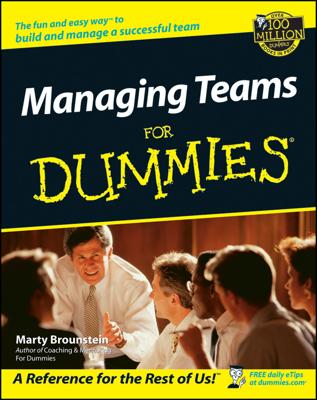- Know what your employees like — and hate — both inside and outside of work. A top engagement driver is showing your employees you care about them as people. It takes all of two seconds to ask an employee how his weekend was, or how his daughter’s dance recital went, or if his wife recovered from the flu. Obtaining and weaving this knowledge into your daily chit-chat with employees goes a long way toward engaging them.
- Make employees feel as though you really care about their careers. Part of your job is to give your employees experiences at your firm that they couldn’t have elsewhere — experiences that will make them more valuable. Sure, you hope your employees stay with your firm for a long time, but if the day comes when they need to move on to another company, that’s okay.
That concept may feel scary. After all, you’re basically saying that your employees should feel free to take what they’ve learned with your organization and move on — maybe even to a competitor. But working to grow your talent, and communicating your efforts, is a great way to foster engagement. The more concern you show for your employees’ growth and development in their careers, the greater the probability you’ll have engaged employees.
- Stop telling employees what to do; instead, have them help come up with solutions. Often, when managers spot a performance issue, they simply tell the employee what she needs to do to improve. There’s no interaction, no dialogue, nothing. A better approach is to make an observation and then be quiet and let the employee talk. Whatever the solution turns out to be, you’ll almost certainly get better buy-in with this approach.
Also, avoid describing how to do a project or task. Give your employee the destination but leave the driving directions to her. Employees often have their own ideas about process, and those ideas are often quicker, more innovative, and more efficient than the “tried and true.”
- When it comes to engaging employees, recognition is one of the most effective weapons in a leader’s arsenal. Experienced managers have learned what neuroscientists and child psychologists have known for decades: Positive reinforcement and recognition lead to the replication of positive results.

